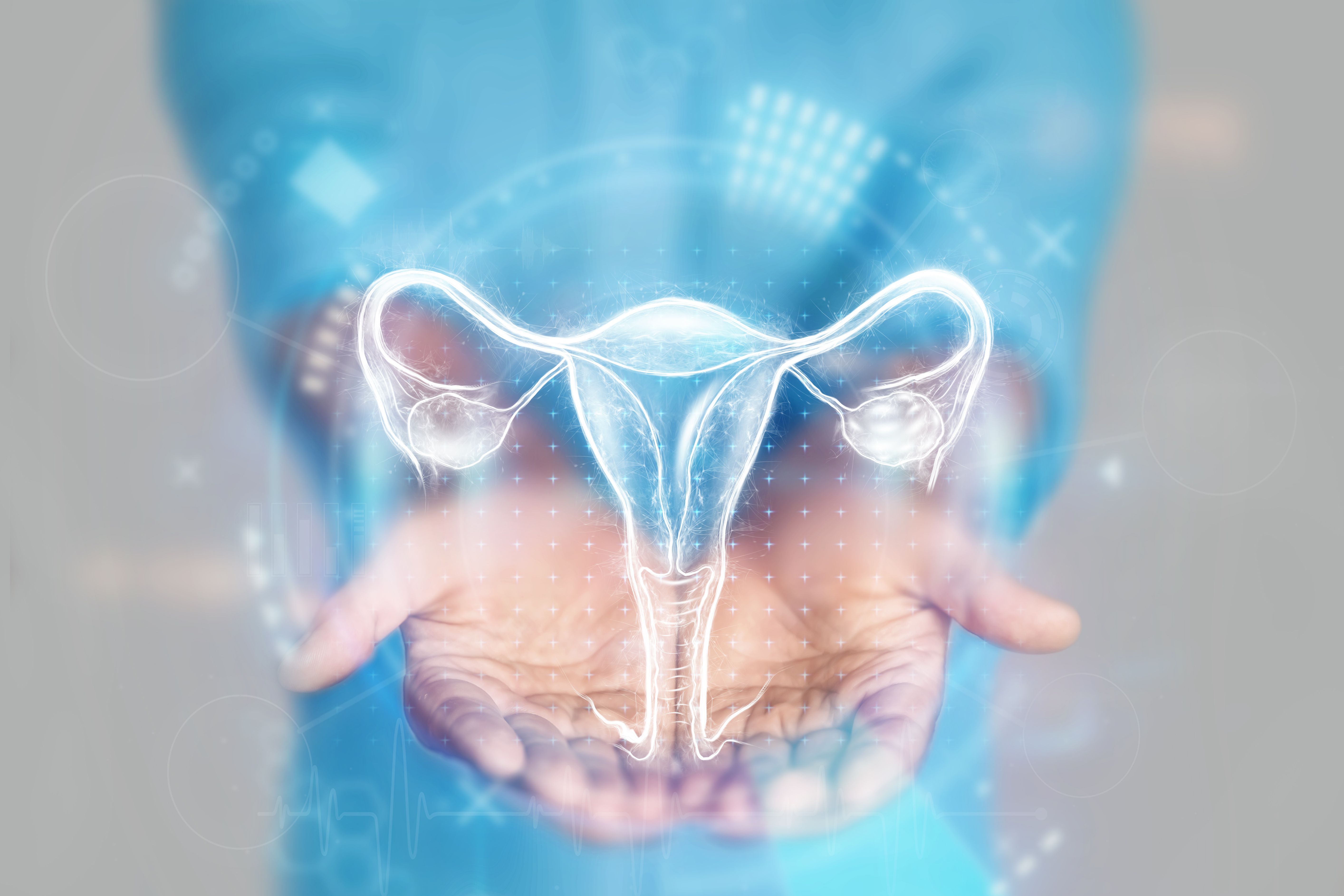There are significant genetic factors and putative casual links impacting reproductive traits and uterine leiomyomata (UL), according to a recent study published in the American Journal of Obstetrics & Gynecology.
Takeaways
- The study highlights significant negative genetic correlations between reproductive traits like age at menarche, age at first birth, and age at natural menopause with uterine leiomyomata (UL), offering insights into potential genetic predispositions.
- Identification of shared genetic loci between UL and reproductive traits suggests a potential genetic basis for the association, emphasizing the intricate genetic interplay involved in the development of UL.
- While the study identifies candidate causal single nucleotide polymorphisms (SNPs) shared between UL and reproductive traits, caution is warranted in inferring causality because of potential confounding factors and biases.
- Transcriptome-wide association studies reveal tissue-specific genetic overlap between UL and reproductive traits, hinting at potential mechanistic pathways underlying their association.
- The findings underscore the need for continued research to elucidate the mechanistic pathways linking genetic factors, reproductive traits, and UL, offering opportunities for targeted interventions and preventive strategies.
Approximately 70% of reproductive-aged women experience UL. While most cases are asymptomatic, UL may lead to infertility, pelvic pain, and severe menorrhea.
Data has linked female reproductive characteristics such as age at menarche (AAM) and age at first birth (AFB) to UL. However, the risk of bias and latent cofounding prevents conclusions about causality from being determined.
Evaluating the genetic link between traits may increase understanding about their relationships. Recently, the field of genetic studies has experienced a paradigm shift because of genome-wide association studies (GWAS). Therefore, a study should be conducted to evaluate the shared genetic architecture between UL and reproductive traits.
Investigators conducted a study to identify causal relationships between UL and AAM, age at natural menopause (ANM), and AFB. AAM GWAS data was obtained from the 23andMe meta-analysis and the United Kingdom Biobank.
ANM GWAS data was obtained from a meta-analysis of Genome imputed studies, the Breast Cancer Association Consortium, and the United Kingdom Biobank. Finally, AFB GWAS data was obtained from the Human Reproductive Behavior Consortium meta-analysis.
Meta-analyses data from 5 participating cohorts were evaluated in a large-scale GWAS to obtain UL data. Self-reported data was used to determine UL cases and controls, with data extracted on single nucleotide polymorphisms (SNPs) associated with UL. These SNPs were used as instrumental variables.
AAM, AFB, and ANM all had significant negative genome correlations with UL. There were 13 genomic regions with significant local signals for UL with ANM. The most significant region was 5q35.2-5q35.3, which has the gene UIMC1 associated with both ANM and UL.
In a Cross-Phenotype Association, genome-wide significance was found in 23 independent loci. Of these loci, 6 were shared between AAM and UL, 12 ANM and UL, and 6 AFB and UL. After excluding SNPs that were in linkage disequilibrium, 2 novel SNPs were shared between AAM and UL, 1 between ANM and UL, and none between AFB and UL.
Investigators also identified 133 candidate causal SNPs shared by AAM and UL, 554 shared by ANM and UL, and 252 shared by AFB and UL. Notably, the SNP rs5742915 was shared by both AAM and UL and AFB and UL, and had a posterior probability of 1.00 in the 99% credible sets.
Gene-level genetic overlap was also identified during tissue-specific transcriptome-wide association studies. Of the 15 significant independent transcriptome-wide shared genes, 1 was shared by AAM and UL, 15 by ANM and UL, and 4 by AFB and UL.
These results indicated impacts from genetic correlations, shared loci, and causal relationships on the association between female reproductive characteristics and UL. Investigators recommended further research on the mechanistic pathways that underlie these relationships.
Reference
Xiao C, Wu X, Gallagher CS, et al. Genetic contribution of reproductive traits to risk of uterine leiomyomata: a large-scale, genome-wide, cross-trait analysis. Am J Obstet Gynecol. 2024;230:438.e1-15. doi:10.1016/j.ajog.2023.12.040

